Note to NaMo: collaborate with edtech startups, organisations to increase the quality of education in India
SocialStory interacts with edtech startups, education organisations, teachers, and experts to understand what they expect from the Narendra Modi government to make quality education accessible for the masses.
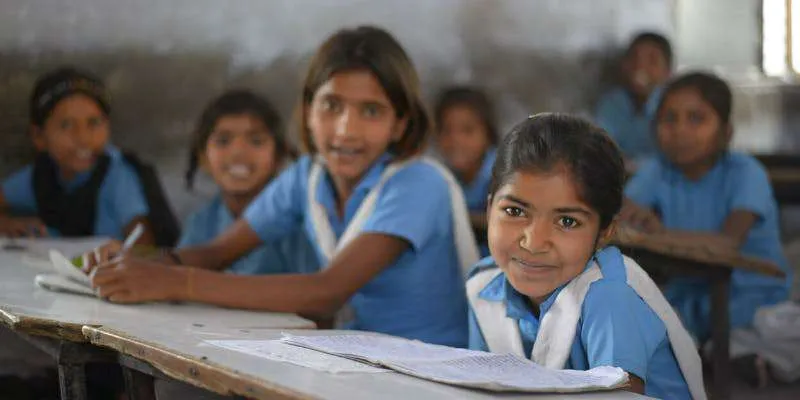
The primary objective of school education is to ensure better learning outcomes for students. But, a majority of students in the Indian education system remain below their grade-level competence.
According to All India Survey on Higher Education 2015-16, 76 percent of students do not make it to a higher education system; 52 percent of Class V students cannot read a Class II textbook, and 52 percent, approximately nine lakh, teacher vacancies, exist across primary and upper primary schools.
In a piece for YourStory earlier, Soujanya Ganig, the National Program Coordinator with the World Federation of the United Nations Associations, said,
“India’s future is struggling in its classrooms, lagging behind, and on the verge of dropping out. Education is each citizen’s right, and past governments have ensured that we get almost every child to school. Realising that getting children to school was not enough, policy discourse has finally started moving to quality. But when 50 percent of 10-year-olds still cannot read Class II level books, is this enough?”
Many of India’s 14 crore children in primary schools are the first in their family to go to school. The parents of these children understand the importance of education and its power to break the shackles of poverty. But with no formal education, the support they can provide at home is limited.
Despite the State and Central governments using technology – with tablet-based e-learning approach to reach the masses and use of audio-visual communication to aid in teaching – the impact has been abysmal.
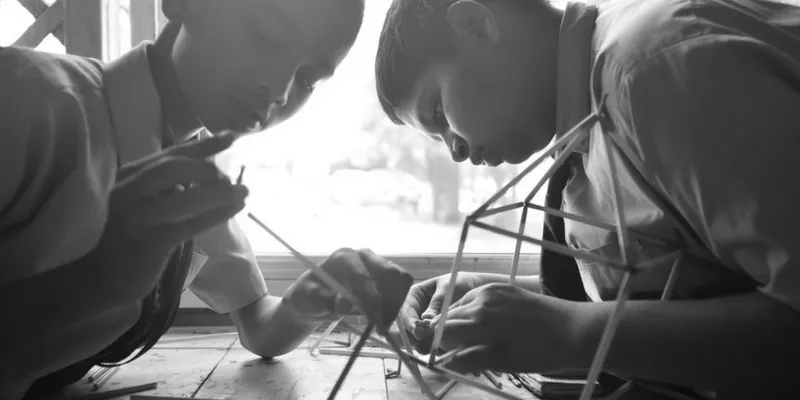
Many of India’s 14 crore children in primary schools are the first in their family to go to school. (Image: Teach For India)
Subhajit Roy, Founder of Krishworks, says,
“We knew the government had earlier tried distributing AKASH tablets, an Android-based tablet promoted by the Centre as part of an e-learning programme. We went to schools and saw the tablets were unused. We were informed they lacked MultiMediaCard, didn’t have proper power backup, and faced other technical problems. We also realised the teachers didn’t feel the need to use them in classrooms.”
Looking at these issues, it is imperative for the government to collaborate with startups to ensure that innovation and technology reaches the rural population, and children are motivated to study and aspire for a better future.
SocialStory interacts with edtech startups, education organisations, teachers, and experts to understand how to make quality education accessible to the masses.
Collaboration with startups
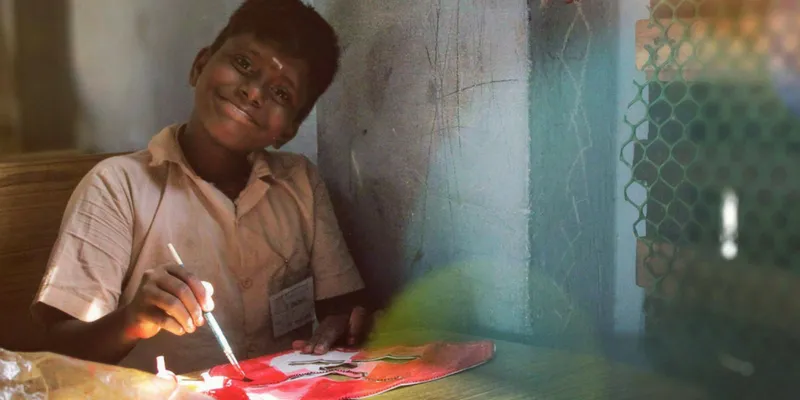
In rural India, nearly three-quarters of third graders cannot solve a two-digit subtraction problem, and this does not get any better as they reach a higher grade. (Image: Teach For India)
While education startups are mushrooming in India with organisations like Krishworks, Leap for Word, and vChalk setting up learning centres in small villages and towns, inequality in education still remains a stumbling block. In rural India, nearly three-quarters of third graders cannot solve a two-digit subtraction problem, and this does not get any better as they reach a higher grade.
Poonam Shukla, Programme Director at Edmentum, a non-profit and edtech startup incubator, says that to reduce this gap, the government and organisations needs to work together.
“It is very important for organisations to aspire to work with the government and the solutions created by non-profits and education startups must be scalable, sustainable, and replicable,” she says.
Poonam believes that change within the education sector can be achieved only when startups aspire to integrate with the government, eventually leading to adoption of the programme by the government.

Change within the education sector can be achieved only when startups aspire to integrate with the government. (Image: Teach For India)
Education startups often face difficulty to scale their solutions and reach a wider audience. Lack of a dedicated cell to engage with entrepreneurs at the State level, and lack of financial resources are few of the key challenges faced by the entrepreneurs.
However, incubators like Edmentum, Teach for India’s InnovatED, and StartupED, are mentoring edtech startups, enabling them to scale and connect with State government schools across India.
In an earlier conversation with SocialStory, Shaheen Mistry, CEO and Founder of Teach for India, said,
“The entrepreneurs we incubate come with a strong experience of having worked on the ground and as full-time teachers in under-resourced classrooms. This experience, before starting an organisation, is unique in the ecosystem, and ensures the solutions are rooted in the most real and pressing problems that our students, classrooms, and schools face today."
Focus on teachers
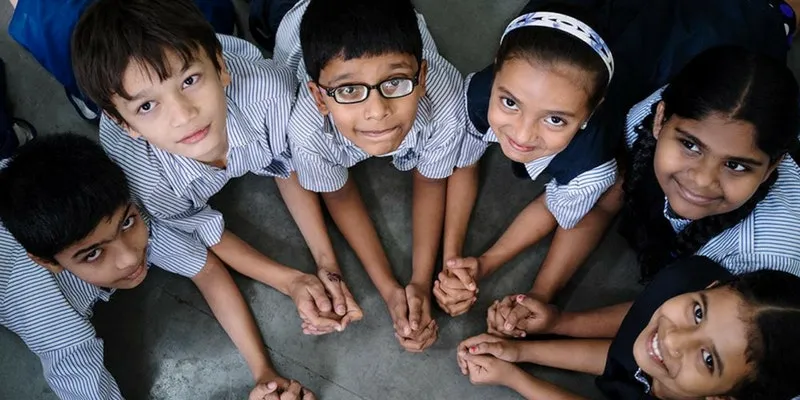
The government needs to focus on teacher training programmes and increase the number of teachers in government schools.
The Bharatiya Janata Party (BJP), in its election manifesto this year, had said there will be renewed focus on increasing the learning metrics at the primary school level.
Kareena Das, Headmaster at Karimganj’s government high school, Assam, says the government needs to focus on teacher training programmes and increase the number of teachers in the State.
“Student learning outcome is hampered today because we, the teachers, are doing multiple jobs - organising government surveys, serving at local bodies during elections, looking after mid-day meal plans, and lastly, teaching. Our capacity is at an all-time low and we need more hands on deck. We need training to keep pace with the latest teaching methods using smartphones and empower students to aspire beyond what the village has to offer.”
Meanwhile, the BJP government launched multiple ‘transformative grassroots innovative education programmes’ over the past five years. Initiatives like Samagra Shiksha, Saakshar Bharat, and Jan Shikshan Sanstha programme were launched in Haryana, Himachal Pradesh, Rajasthan, and Andhra Pradesh in order to strengthen the teacher and administrative cohort in government schools, especially in rural areas.
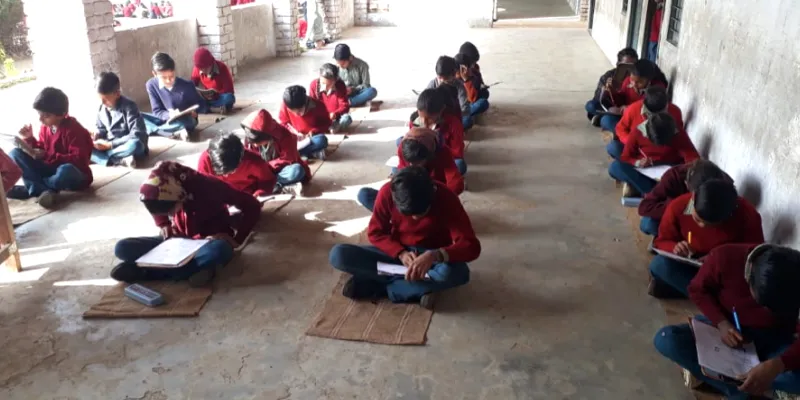
Some State governments like Haryana’s have made concerted efforts to post better learning outcomes through teacher training programmes, and integrated data systems.
A case in point is Haryana, where the State government, led by the BJP, launched 'Saksham Ghoshna’ programme to achieve 80 percent grade-level competence (a measure of a child exhibiting learning competencies appropriate to her grade) among government school students by the end of 2019.
In an earlier conversation with SocialStory, Rakesh Gupta, Director General, Secondary Education, Haryana, said,
“If we look at NCERT’s various National Achievement Survey (NAS) and ASER reports, the surveys point out that the quality of school education in the State has been going down for years. The government school teachers in Haryana are well-qualified, but somehow the link is missing. Classroom studies have not been meaningful.”
Hence, as a remedial step, the Haryana government initiated multiple reforms in the State education department. This included teacher training programmes, taking into account the teacher vacancy, and also developed integrated data systems, among other steps.
The State government claims that over 65 percent students are now grade-level competent in Classes III, V, and VII, while 26 out of 81 blocks have been declared ‘Saksham’ (meaning capable), as assessed by third-party organisation Gray Matters.
The new Central government can take a leaf from Haryana's experience to look at ways to adopt a multiple stakeholder approach, combined with technology assistance to transform India's education sector.









